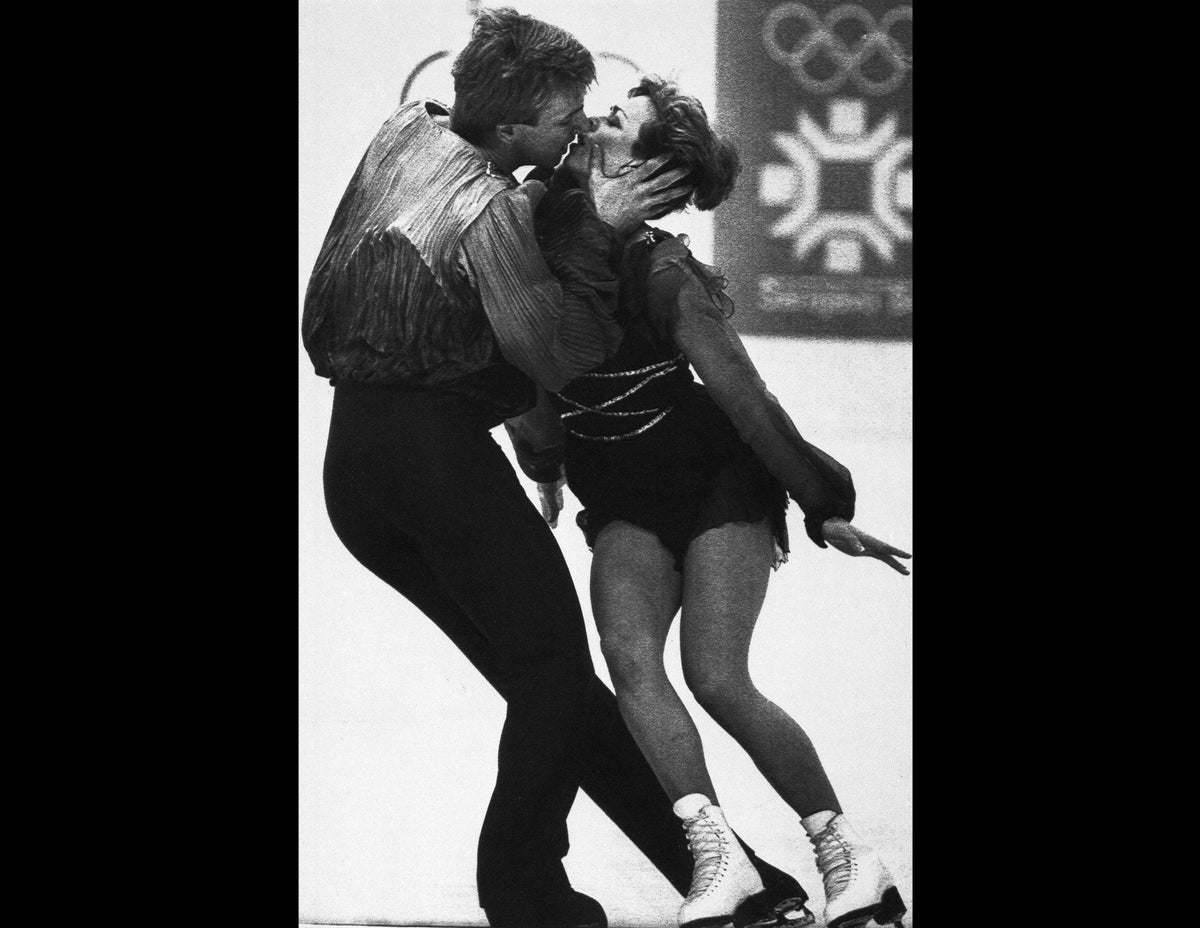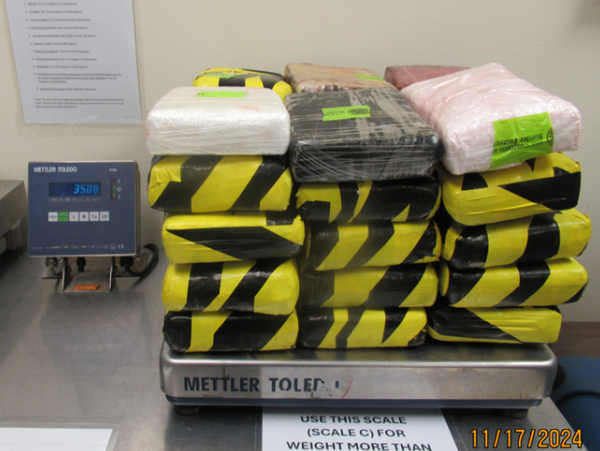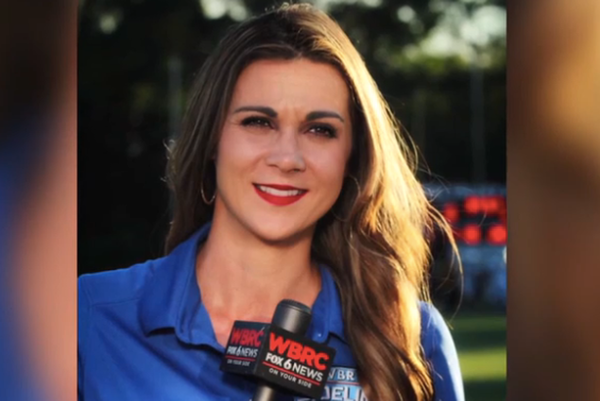
Dave Caulkin, a retired Associated Press photographer who captured the iconic moment when ice dancers Jayne Torvill and Christopher Dean won the 1984 Olympic gold medal, has died. He was 77 and had cancer.
Known for being in the right place at the right time with the right lens, the London-based Caulkin covered everything from the conflict in Northern Ireland to the Rolling Stones and Britain’s royal family during a career that spanned four decades. But one of his most renowned images was that of Torvill and Dean, their lips inches apart as if poised for a kiss, as they skated to Ravel’s “Bolero.”
“That photo is the story of the games,” said Dusan Vranic, the AP’s Middle East photo chief. “That is what we try to do — have the photo of the event that will stay for history."
Later in his career, Caulkin was part of an AP team that won the Pulitzer Prize for spot news photography for their coverage of the 1998 bombings of the U.S. embassies in Kenya and Tanzania.
Caulkin’s willingness to help young photographers is what many of those who followed him remember about a man they considered a mentor. He taught them, in essence, how to tell a story in a single image.
But he would also just help. He would loan lenses to stringers so they could learn their craft, teach colleagues how to use new technology and offer the benefit of his experience to newbies.
Russell Boyce, a longtime Reuters photographer and editor, said he valued this advice, particularly when they were covering the conflict in Northern Ireland and Caulkin would nudge him and tell him it was time to leave.
“If you waited too long, two things would happen,” Boyce said. “One is that you would be beaten because your competitors would move the picture before you, and it’s the first picture that wins. And secondly, things would get progressively more dangerous as the night went on. And if you get isolated, it’s actually very dangerous.”
But the advice was also personal, Boyce said.
Once, when the two men were driving to an assignment, Caulkin told Boyce to think about his family before racing off to the next conflict, confiding that he wished he had spent less time away from his wife and daughters.
Born March 11, 1945, in Castleford, northern England, Caulkin was an only child. The family later moved to London and then to Maidenhead, west of the capital.
After leaving school early, he worked briefly at Heathrow Airport, his widow, Jean, said. But Caulkin got hooked on photography after his father gave him a camera. He somehow landed a job in the dark room at the AP and worked his way up from there.
While in Sheffield for the 1966 World Cup, Caulkin met his future wife at a coffee bar. It wasn’t exactly love at first sight, Jean recalled. “He was persistent,’’ she said simply.
The couple married in 1968 and had two daughters and four grandchildren.
“I would have liked him to be a wildlife photographer,’’ she said. “But he didn’t have the patience for that.’’
Considered a phenomenal storyteller, Caulkin began his career in an era when wire service photographers had to overcome a myriad of technical challenges. There were the limitations of film and cameras, the need to rapidly process photos and the sometimes temperamental equipment used to send them to clients.
All of that gave photographers little room to maneuver. Being late, out of position or overexposed meant failure.
But Caulkin was able to manage the variables and come back with the shot, said Vranic, who got his start at the AP after Caulkin told his bosses they should hire the young Serb after working with him during the World University Games in 1987 in what was then Yugoslavia.
“You still have to have that one frame that will kill everybody, and that’s what I learned from Dave,” Vranic said. “Also from other guys but, you know, Dave was my guy.’’
That instinct helped Caulkin get the shot of Torvill and Dean.
Martyn Hayhow said he and Caulkin covered all of Torvill and Dean’s practice sessions in the run up to the final because they were a huge story in Britain, where the public speculated about whether theirs was a love story as well as a sporting partnership.
But on the day of the final, the AP’s prime position went to another photographer.
Caulkin and Hayhow were told to sneak into the arena and see what they could get. They hid in toilets and bars all day until the competition got underway.
“Everyone thought that (Torvill and Dean) could be romantically connected. No one got a shot to prove the fact, but the photo that Dave actually got showed as near a kiss as possible,’’ Hayhow said. “The fact that the photo was taken from a staircase instead of where the allocated press seats (were) made it all the more incredible.’’
Jean, Caulkin's wife of 54 years, couldn’t say which of his photos she liked the best — there were so many. But the Torvill and Dean image remains special to her. So she asked for “Bolero” to be played at his funeral service — a reminder of a moment he captured for all time.
“That,’’ she said, “is a tribute.’’







